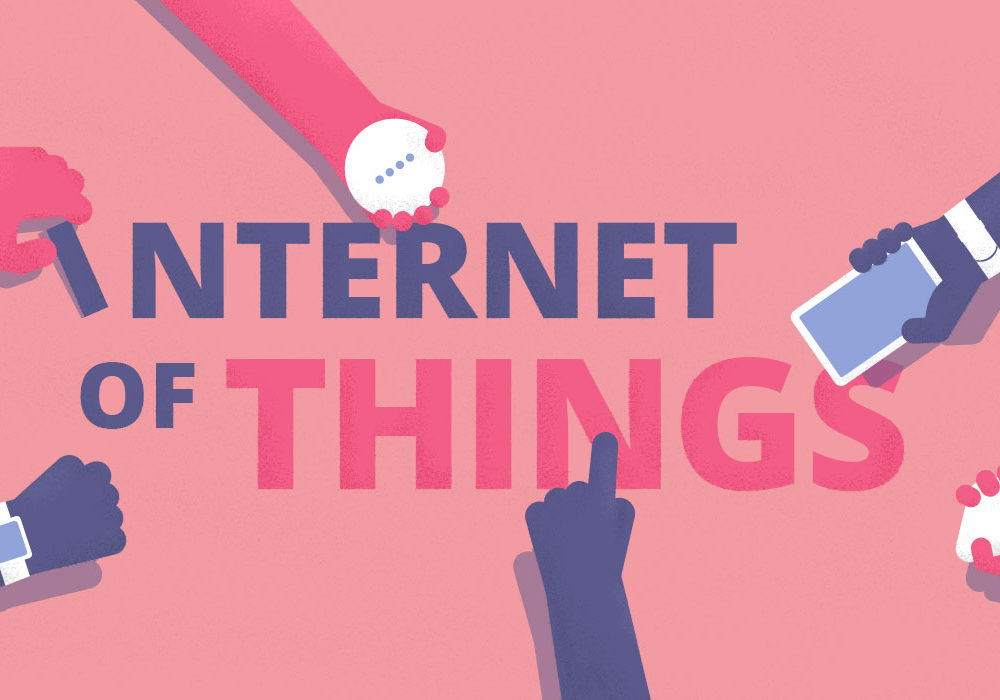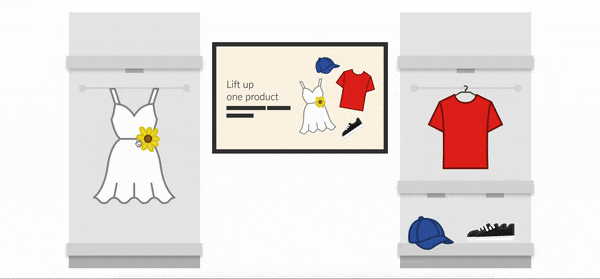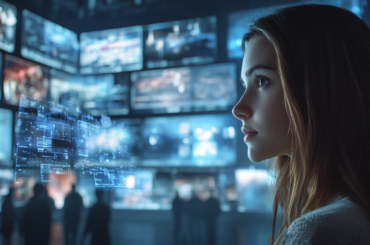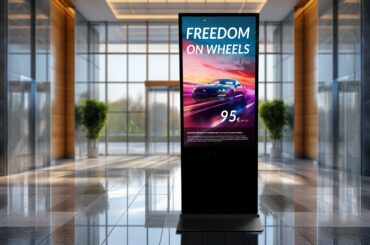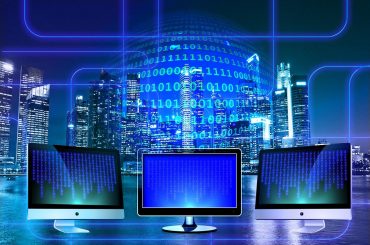The Internet of Things or IoT has become one of the most used buzzwords of the past decade. But did you know that the term was first used in 1999 by British technologist Kevin Ashton? Pretty surprising for a time when cell phones were just starting to become mainstream. No wonder most people at the time thought it was something out of a Science-Fiction film.
So, What is the Internet of Things?
The simplest definition of the Internet of Things connecting any device (with an on/off switch) to the Internet and other connected devices. Rather than a place, the IoT is simply a giant network of connected things and people, which then collect and share data about the way they are used and the environment around them.
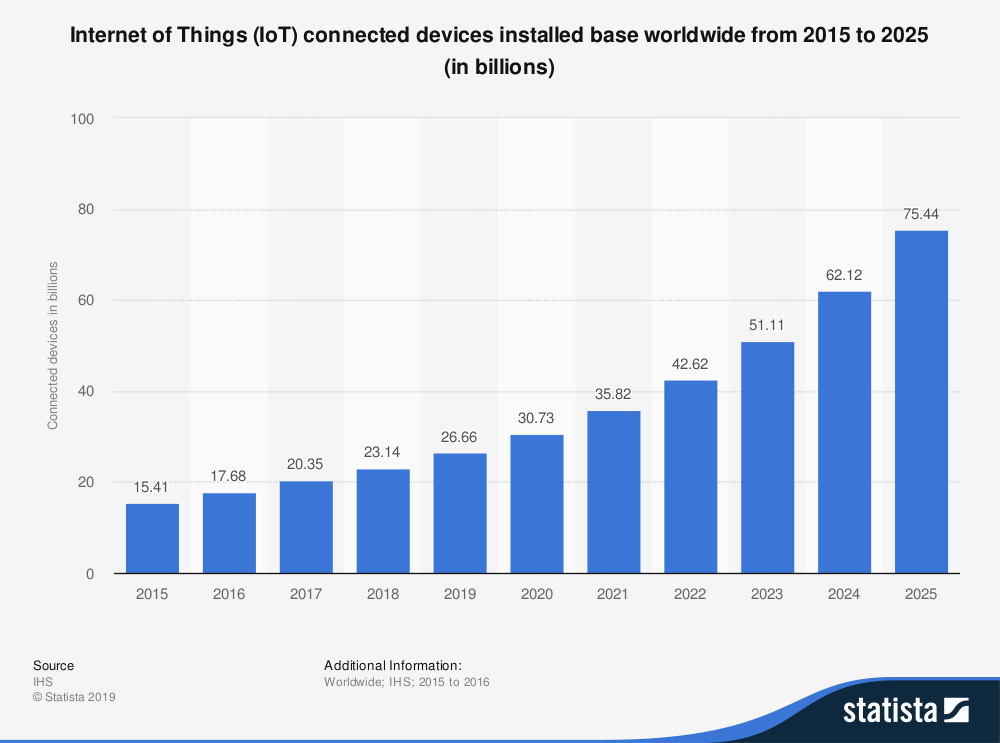
Given such a broad general definition, this means that a surprising wide number of items can be made into IoT devices, which are now all around us. As the chart above shows, in 2015 the number of IoT connected devices stood at around 15.41 billion. But this number pales in comparison with the projected 75.44 billion IoT devices which are scheduled to be in circulation.
For example, let’s take a quick look at some of the more popular items. Self-driving cars, or even cars which incorporate driving assistance programs use complex sensors to help to detect any objects which are in the way. Wearable fitness devices, which measure heart rate, step count, and much more are another area that has become widespread in consumer culture. And perhaps my favorite, which is still in development is a smart yoga mat which uses sensors to measure how users are doing in a pose and provides helpful hints on ways to improve. I’ve already placed my pre-order.
One of the biggest areas for IoT devices are in the area of home automation. There has been dramatic growth over the past few years, with projections of more than $28 billion in revenue by 2022. In the kitchen you will find everything from smart coffee machines that ensure that the perfect cup is brewed exactly when you need it to smart microwaves, which automatically cook food for the right length of time.
Additionally, IoT devices, such as Amazon’s Alexa and Google’s Home have revolutionized the way that people use voice commands to get information that previously required lots of additional steps. And it doesn’t end there, if it has an on/off switch, you can rest assured that developers have or are working on developing a way to connect it to the Internet and use it to make your home “smarter”. If you are new to the world of smart home devices, check out this helpful startup guide put together by Dish to make the process easier.
The Growth of Smart Home IoT Devices
One of the main reasons for the big rush into the smart home market, is because companies are able to see revenue increases in this segment. The chart below shows that in 2017 worldwide revenue for smart home IoT devices was a little over $8 billion. With projections of an almost 300% increase in 2023 to $32 billion. So, you can expect that new smart home products are already on the horizon.

Here is where we get to the good stuff. So, now you know what kind of devices can be connected with the Internet of Things, but you might not have an idea about how the process actually works. IoT devices and objects with built-in sensors are connected to an Internet of Things platform, like IBM. This platform integrates data from all of the different devices and uses analytics to share information with applications to address their needs. The genius of the IoT platform is that it uses technology to sort through all of the incoming data to determine what information is useful and what can be discarded. After filtering the information, it can then be used to detect problems and patterns, as well as make recommendations.
Disadvantages and Concerns with IoT Devices
Sounds great, what is there not to like about the Internet of Things? Well, like any new technology there is always going to be a learning curve. Let’s take a quick look at some of the negatives:
- New international standards for IoT devices went into effect in October 2018. But you should expect that it will still take a while before everyone around the world on the same page.
- Because IoT devices are connected with each other and the Internet, when there is a failure there is the potential for it to cascade and affect multiple devices.
But perhaps the biggest drawback or concern that people have IoT devices is around the area of security. Since data is what helps to drive IoT operations it is critical that the integrity of the data is maintained. This means that all parts along the chain must ensure that the data has not been manipulated or tampered with. Companies can help to address this issue by ensuring the data is encrypted all throughout the process.
Encryption is critical because of the fact that 84% of organizations which have adopted IoT report that they have experienced an IoT-related security breach. As if that wasn’t scary enough, hackers are now actively targeting IoT devices such as routers and webcams due to their perceived lack of security. Part of the problem is that many IoT systems, especially those that are older and not patched regularly have bugs which are able to easily be exploited. And while these statistics sound scary, it is important to remember that anything connected to the internet, including the device you are using to read this article, is subject to many of the same data security concerns.
IoT and Digital Signage in a Retail Environment
With all of that under our belts, let’s turn to how IoT is currently and is expected to impact the retail industry. If you are new to the world of IoT then you will be surprised to learn that by the end of 2019, 79% of retail organizations are expected to be using IoT devices and solutions. This represents a jump from 49% in 2017. So, next time you go to the store, there is a good chance that you are experiencing the Internet of Things, even if you don’t recognize it.
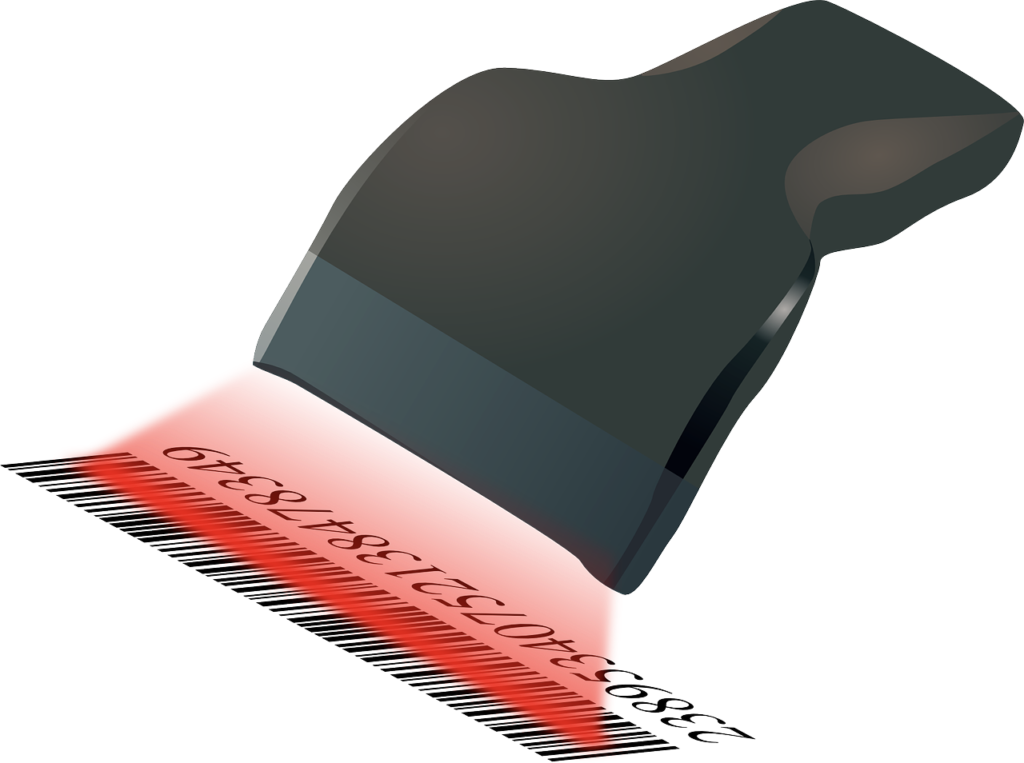
The most common IoT technology currently being used in retail right now are barcode readers. That’s right every time you scan an item, key data points are being delivered via the Internet to a data management center which analyzes it and determines trends and makes inventory adjustments in real time. If you want to take a really deep dive into the future of retail and how technology is changing it in both positive and negative ways, I suggest you take a look at our recent white papers. Or if you are a visual learner, then head over to our YouTube channel where we have posted an extensive series that will teach you everything you need to know and then some.
Creating Digital Experiences
You are probably familiar with viewneo as a digital signage company, but did you also know that we are involved in creating unique IoT-driven digital experiences. Our main IoT device is the viewneo Butler, which is designed to fill the gap between your screens and what is happening in real life. The following video was filmed at the Digital Signage Expo in Las Vegas in 2018 and will give you a good overview of how the viewneo Butler can be used to create digital experiences. Digital Experience by viewneo at DSE 2018.
So, as you saw the viewneo Butler is designed to act as the control center for all of your sensors and receptors. As discussed previously, the IoT is simply a connection of devices together and with the Internet. But the crucial part is a way to collect and analyze all of the data which is being received. The viewneo Butler fills this role by working with other viewneo devices and programs to analyze data and create truly unique digital experiences.
Let’s look at an example. A younger woman walks up to a screen, which askes her if she has found the latest seasonal look. While she is standing there the viewneo FR-Cam is scanning her and obtaining information, such as her approximate age, gender, and overall mood. In less than a second, this information is shared with the viewneo Butler, which processes it and sends a signal to the viewneo cloud to change the content on the screen.
The young lady is surprised when the content automatically updates and shows her some stylized looks that are just what she was looking for. Additionally, the store can even use lights to highlight for the shopper exactly where her pre-selected items are located in racks nearby. The customer walks over to the highlighted item, finds her size and heads to the dressing room to try it on. During this process, the viewneo Butler is operating in the background and analyzing all of the different data points as they occur in real-time.
But the benefits of the system don’t end there. But first, let’s expand it one more step to see the full potential. Now we add a tablet, where the young lady can click and find more stylized outfits and even order them online if the store doesn’t have her preferred outfit in stock. So, with just a screen and tablet, we have transformed a basic shopping experience into a personalized digital experience by using the Internet of Things and viewneo.
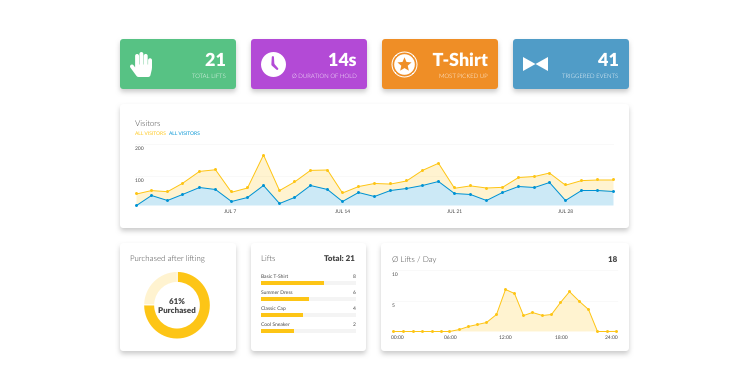
There is one final piece to the puzzle that is designed to really help retailers get the most of our their viewneo IoT devices, viewneo Analytics. Think of all of the data points which are being collected in this process. Here is another way that the Internet of Things comes into play, analyzing and displaying the data points in a way that allows you to have real insights into your customers. The viewneo FR-Cam is currently available to purchase with an AI-module in our shop. The Butler system is currently in production and will be available to purchase in late 2019. You can stay up to date on all of our products and releases with our blog. Additionally, we offer a 30-day free trial that includes all of our Plugins and features.
Welcome to the world of IoT. We hope that you enjoy your stay.

